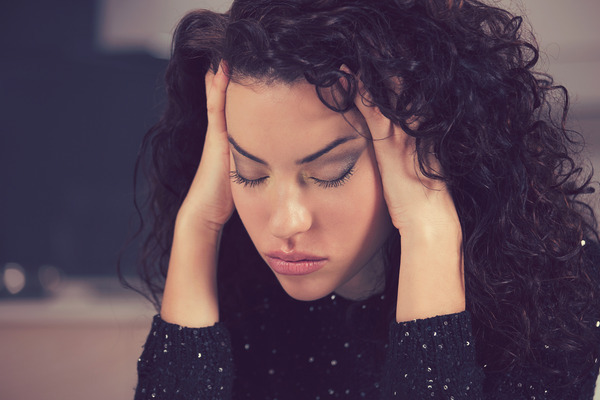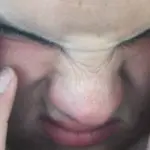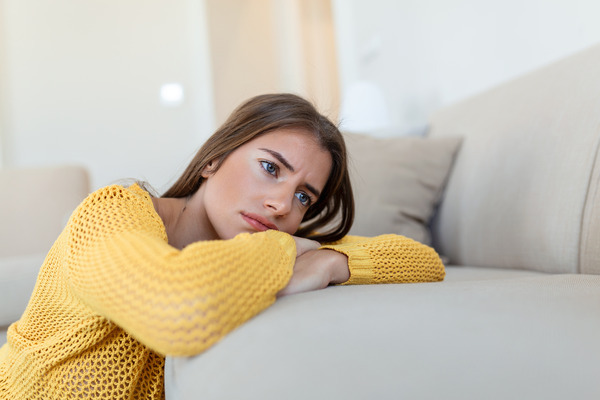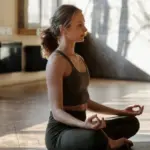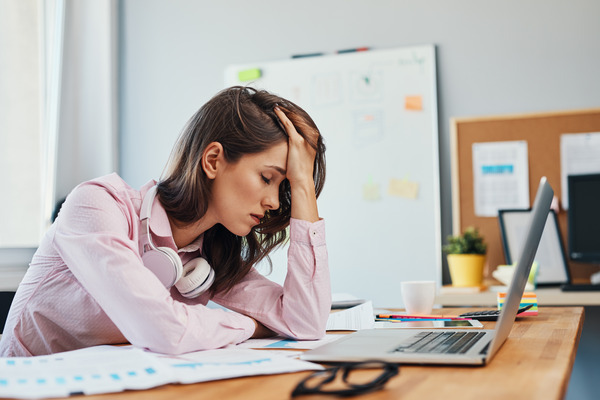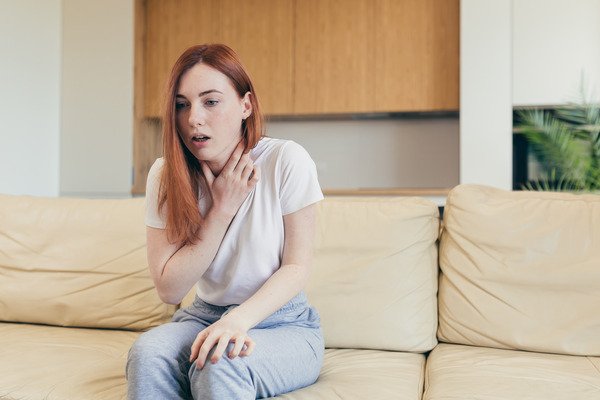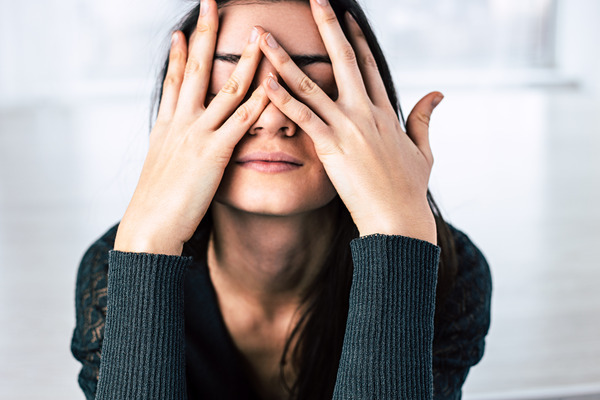What techniques are effective according to psychology to achieve relaxation? Enter and discover the self-regulation techniques that will allow you to relax your body and mind.
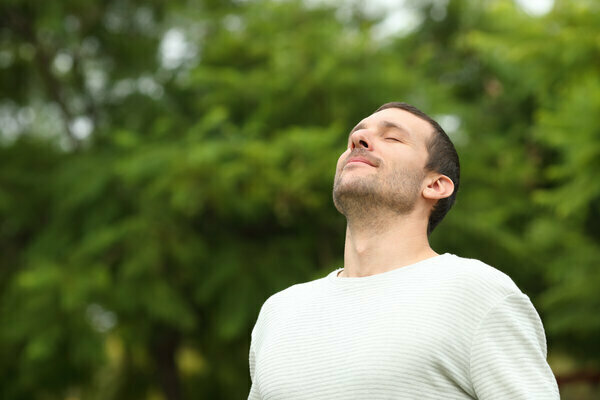
The response of relaxation It is the physiological opposite of the excitation or stress response and is characterized by a decrease in respiratory rate, heart rate and blood pressure (Dusek et al., 2008; Gerritsen and Band, 2018; Melville et al., 2012).
The activation of the sympathetic nervous system, both by events and thoughts (real or perceived), produces a series of physical and chemical reactions that, if prolonged over time, can have harmful effects on the body if the parasympathetic system does not act, being responsible for rest and restoration; the objective of the relaxation therapies It consists of reducing these stressful effects by intervening in self-regulation between both systems (Pestka et al., 2009).
In the field of psychological research, relaxation techniques and meditation can be considered attentional practices (attentional practice consists of self-regulation of the body and mind, based on the specific use of attention). Although both involve a relaxation response, relaxation techniques would be based on mechanisms of focused attention on a chosen objective (Cahn and Polich, 2006; Vaitl et al., 2005), while the techniques of meditation would require a first phase of relaxation training (focused attention) before reaching open monitoring meditation for specific tasks (Wagener, 2013).
Many of the techniques currently used in the field of psychology were adapted from Eastern contemplative practices (Semple, 2010; Walsh and Shapiro, 2006).
Types of relaxation techniques
Two of the most widely used methods in widespread clinical use are progressive muscle relaxation and the Benson relaxation method, both in its original form and in its variations (Gill et al., 2004). Both techniques reduce cognitive and somatic anxiety (Lake, 2007; Weinstein and Smith, 1992, cited in Gill et al., 2004).
Jacobson progressive relaxation
In the progressive muscle relaxation, systematic or Jacobson relaxation, the participant sits comfortably in a quiet place and performs a series of sequential contraction-relaxation exercises of the different muscle groups, inhaling air, contracting the muscle area for 15 seconds and relaxing the contracted area, exhaling the air, while the therapist encourages the participant to feel this contraction-distension (Jacobson, 1938, cited in Gill et al., 2004; Vickers et al., 2001). Progressive muscle relaxation has been shown to be effective in improving physiological and psychological functioning among high-stress college students (Dolbier and Rush, 2012).
Benson relaxation method
In it Benson relaxation method (Benson, 1975, cited in Gill et al., 2004) there are four common elements underlying the induction of relaxation:
- A calm environment reducing external distractions.
- A comfortable position reducing undue muscle tension.
- An object to focus attention on, such as the repetition of a word.
- A passive attitude managing those distracting thoughts, letting them pass and returning to the attentional task.
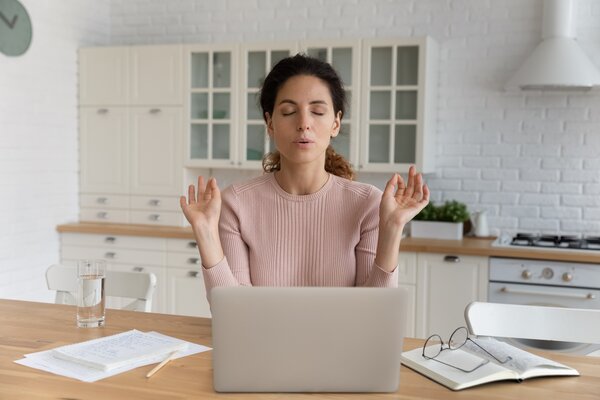
Other techniques to relax
Other techniques used to achieve relaxation are:
- Mitchell Method: The Mitchell method – body positions opposite to those associated with anxiety – (Amirova et al., 2017), visualization – after inducing a relaxed state – and meditation – quieting or emptying the mind – (Vickers et al., 2001 ).
- Slow breathing: Slow-paced breathing, which is a breathing technique with controlled inhalation and exhalation times that are usually performed using a visual, auditory or kinesthetic pacemaker (Laborde et al., 2019).
- Yoga: He yoga It is also among the techniques chosen for research, with positive effects on physical fitness, cognition and psychosocial well-being (Telles et al., 2013).
- Mindfulness: He Mindfulness (Consciousness or Full Attention) is one of the so-called “third wave” behavioral techniques (Hayes et al., 2004; Öst, 2008) whose component of attention is focused on breathing itself, exercising continuous inhibitory control and repeated over competing distracting processes that may interfere with this primary task (Isbel et al., 2020; Sarter et al., 2001; Tang et al., 2015). It is a practice of meditation conscious and the interventions that are based on it are integrated into more complete programs (Pozuelos et al., 2019).
How long does it take to achieve relaxation?
In reference to the duration necessary for a session of the relaxation be effective, in the search for an effective and low-cost relaxation tool, the research by Pizzoli et al. (2020) compared three interventions through three recordings of 7 minutes each, based on breathing deep (experimental group 1), perception of different parts of the body (experimental group 2) and natural sounds (experimental group 3). Their objective was to test whether such recordings can promote relaxation and a positive emotional state, in addition to reducing psychomotor activation and worry related to the COVID-19 pandemic. Deep breathing and body scanning exercises yielded significantly superior results compared to natural sounds in reducing perceived stress. After analyzing the results, the researchers concluded that, for a brief intervention of relaxation the three audio clips were effective in improving psychological adjustment and that, for the purpose of relaxation interventions, they can be applied effectively.
Research by Bokk and Foster (2022) found that a Guided Meditation of 10 minutes (in participants without prior experience) affected attention at the somatosensory level (in tactile tasks with infrequent stimuli), in the event-related potential (ERP) P300, a neural marker of attention. A preservation of the amplitude in said marker (P300) was found in the meditation group compared to a decrease in the control group, which did infer a preservation (not habituation) of attentional resources in the meditation group.
In conclusion, there are different techniques that have demonstrated scientific evidence to achieve relaxation. If you have anxiety or stress and none of the aforementioned techniques work for you, it is essential that you go to a qualified professional so they can help you.

